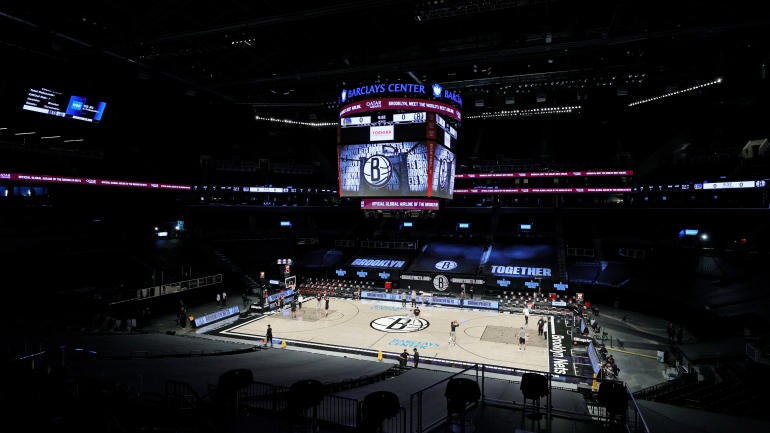
New York Gov. Andrew Cuomo announced Wednesday that stadiums and arenas in the state will be allowed to reopen and start a hosting a certain number of fans. The official reopening date is Feb. 23 and there are, as expected, several guidelines attendees and hosts will have to follow once that date has arrived.
Some of the details in Gov. Cuomo's plan to reopen these venues include"
- A 10 percent capacity limit in arenas and stadiums with capacities over 10,000 people
- Negative PCR tests within 72 hours of the event
- Social distancing and mask wearing measures
- Mandatory assigned seating that has been socially distanced
The guinea pig event of sorts for this plan was a Buffalo Bills home playoff game back in January, where around 7,000 fans were allowed to attend if they provided a negative COVID test. The governor called that pilot program "an unparalleled success." With Wednesday's announcement, this marks the first time arenas and stadiums in New York have been opened since the middle of last March.
"Any large stadium or arena - hockey, basketball, football, soccer, baseball, music shows, performances - any large arena can open on Feb. 23," Cuomo said at a press briefing.
The first scheduled event will be at Barclays Center in Brooklyn, which will feature the Nets taking on the Sacramento Kings. Only the first half of the NBA season has been scheduled as of this posting. With that in mind, this plan means the Nets will have three games with fans through the end of February, as will the Knicks at Madison Square Garden.
The Rangers will have 17 home games with fans at MSG, and the Islanders will have 22 at Nassau Veterans Memorial Coliseum. It is worth noting that the NHL has released its entire schedule for the season.
This news comes just a couple weeks after Citi Field and Yankee Stadium became testing sites and vaccination sites for New York City. New York State's coronavirus positivity rate currently sits at 4.3 percent. If it continues to maintain that level for two weeks -- or, at least, stay under 5 percent -- it will match expert recommendations on when things can reopen. The positivity rate in New York in early January was up to around eight percent.





















